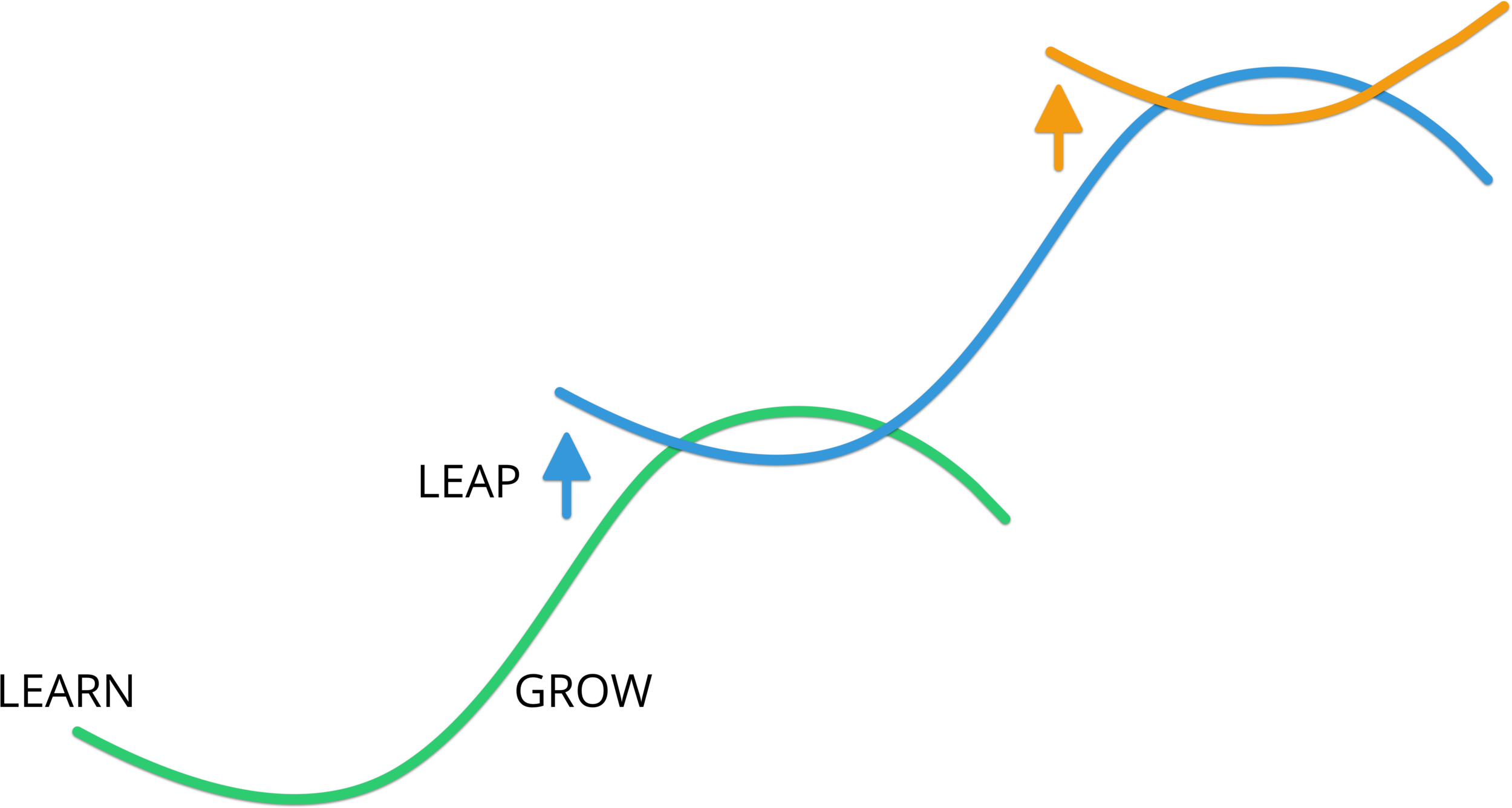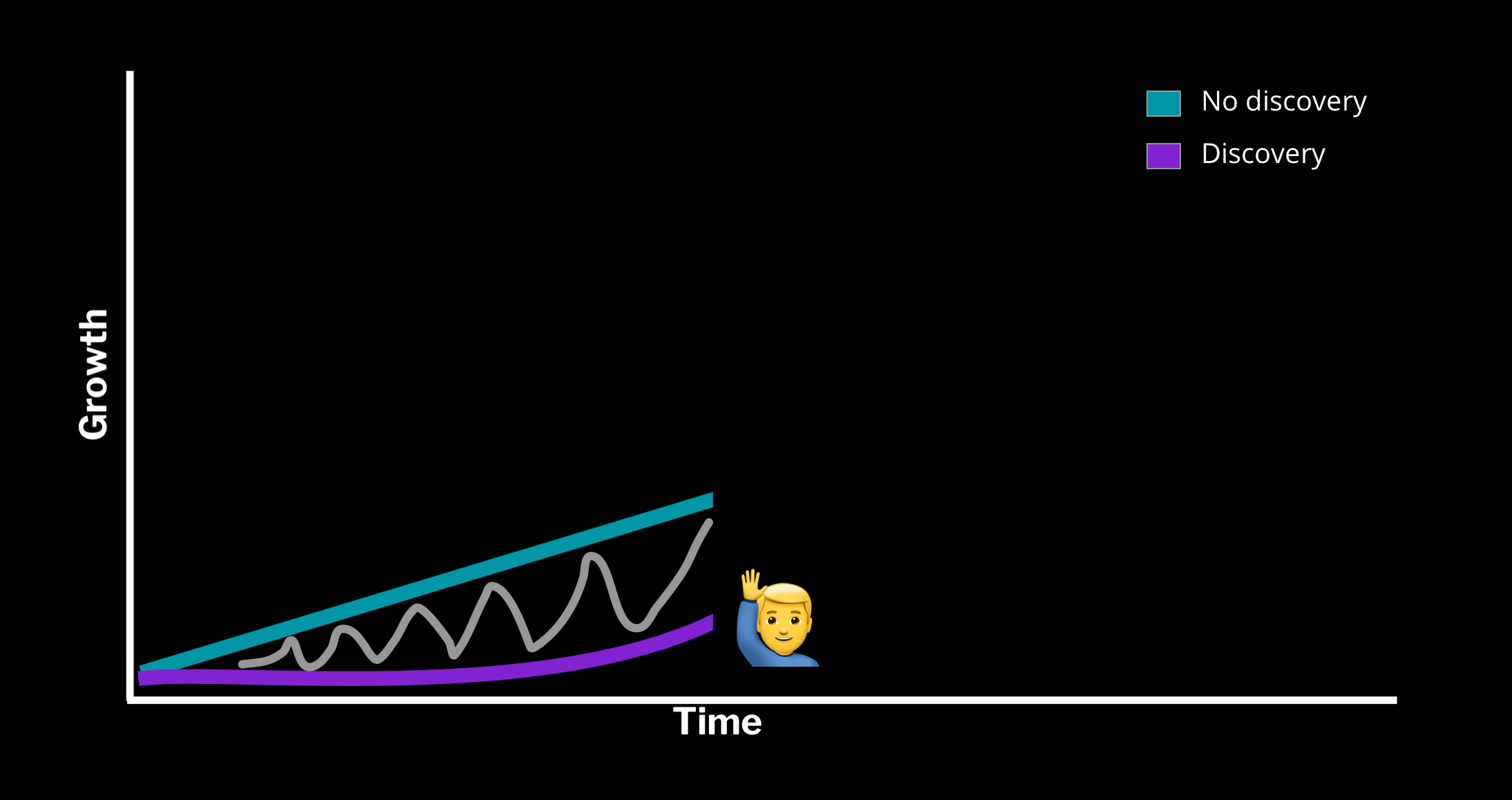In May of 2011, I graduated from Indiana University and joined a workforce that was still recovering from the 2008 financial crisis. Finding a job wasn’t easy. I was an entitled kid who thought the world owed me something because I graduated with honors. I could not have been more wrong. And with a four-year degree, I went back to waiting tables at Don Pablo’s, a Tex-Mex restaurant in Westfield, Indiana to learn this lesson the hard way.
School is not a substitute for doing the work. Far too many times over the past decade I’ve heard something along the lines of, “I didn’t go back to get my (insert degree here) to settle for this title or that salary.” But the degree you’re able to afford isn’t a replacement for the work.
There’s nothing wrong with pursuing degrees if that’s your way of learning or certain qualifications are required for your career. But classrooms and case studies are not the same as creating something of your own in dynamic environments with second-order consequences. There’s far more ambiguity when you’re navigating the world in real time.
As author, Austin Kleon, observes, “Lots of people want to be the noun without doing the verb.” Your degree is not the verb. Your job title is not the verb. The verb is the work. And this demands resilience—you have to show up and put yourself out there. But if you’re after substance and original experiences, this is the only path forward.
“Lots of people want to be the noun without doing the verb.”
The fraud, the novice, and the critic
The risk in setting out with a mindset to get by with minimal effort or expecting things to be handed to you is that it bleeds between chapters of your life. And over the long run, it becomes impossible to sustain or cover up indefinitely.
You see this with managers who want to dictate decisions without ever having built something of their own or having put themselves out there in their own work. When they speak, their words are empty. Everything’s theoretical. They lack a deeper understanding of the concepts they’re talking about and they can’t inspire a group of individual contributors because they’ve never done the actions they’re advocating.
If you want to lead, you need experiences to pull from where you’ve built something of your own. That doesn’t mean floating by on privilege. And that doesn’t mean managing. That means battling alongside your team and knowing how to step in and take action.
Your words carry far greater weight when you’ve actually done the thing you’re speaking about. Nothing kills morale faster than someone in a leadership position who has never put themselves on the line or taken risks in their own work.
You also see this with speakers or writers who want to explain to others how to live a meaningful life without having done it themselves. Without your own set of experiences to pull from, your words will forever feel hollow.
I learned this firsthand when I started writing in my early twenties. Above all, I desperately wanted my words and ideas to matter. And this got me nowhere.
But the moment I quit worrying about being so damned important, I freed myself up to pursue real experiences, take chances in my work, and connect with others in a way that would lend far more significance to what I had to say down the line. Instead of forcing what I was writing about to matter to everyone else, I just set out to live and speak from that place instead.
There’s no difference between the critic, the novice of a writer who lacks experiences of their own to speak from, and the fraud of a manager who floats by on the work of others without putting themselves out there. They’re all the same face disguised behind a different mask.
“The curse of modernity is that we are increasingly populated by a class of people who are better at explaining than understanding, or better at explaining than doing.”
The key to sustaining near the summit
It’s easier to sit back and allow someone else to take the risk. But it puts you in a fragile place where you become dependent on external factors to go your way. When things get difficult, you don’t have the option to lean on yourself and focus on what’s within your control. Rather than a healthy level of self-sufficiency and resilience, all you have is dependencies. And you can’t expect to sustain something where you don’t have much of a direct impact on the outcome.
Doing the work is difficult. It means putting yourself in a position of vulnerability. It means opening yourself up to struggle and failure. It means reaching not for what’s within your immediate grasp, but what’s just beyond. By doing the work, you add depth to your life that few achieve and set yourself up to sustain at that level indefinitely, no matter the external circumstances.
Legendary San Francisco 49ers coach, Bill Walsh, knew his team wouldn’t win the Super Bowl every year. There were too many external factors with injuries, weather, scheduling, and luck. But he focused himself and his team on what they could control—putting in the work. Their goal was to “establish a near-permanent base camp near the summit, consistently close to the top, within striking distance.” The only way to sustain at this level was by showing up, each day, and never allowing themselves to believe they were above the grind. The result was three Super Bowl titles in eight years.
Like Walsh’s teams, those who are able to sustain indefinitely near the summit and rebuild when the circumstances require, know how to put in the work. They have a wealth of experience to pull from and the resilience to match. There’s no room for excuses, entitlement, or major dependencies.
If you’re the one creating, building, and executing, you’re the one who knows how to make it happen. No matter who takes the credit or adds their name to your work, you will always be able to create your next thing because you’re the one who has trained and performed in the past. You’ve built up both the ability and grit to bring your ideas to life.
The same cannot be said for the critics and coasters who are dependent on the work of others and would otherwise leave the world void of both originality and progress.
“It is not the critic who counts; not the man who points out how the strong man stumbles, or where the doer of deeds could have done them better. The credit belongs to the man who is actually in the arena, whose face is marred by dust and sweat and blood; who strives valiantly; who errs, who comes short again and again, because there is no effort without error and shortcoming; but who does actually strive to do the deeds; who knows great enthusiasms, the great devotions; who spends himself in a worthy cause; who at the best knows in the end the triumph of high achievement, and who at the worst, if he fails, at least fails while daring greatly, so that his place shall never be with those cold and timid souls who neither know victory nor defeat.”
The verb matters more than the noun
The world doesn’t owe you anything. If you want people to listen and you want to lead, you can’t be above the work. And if you want the ideas you’re communicating to have an impact, don’t speak from someone else’s life. Speak from your own.
Your voice carries far greater weight when you’re able to speak from the work you’ve done and your own experiences rather than your theories as a bystander.
It’s far more admirable to try and fail—knowing that you’ve done the best with what you have—than it is to live through someone else’s experiences and explaining things you’ve never attempted and don’t actually understand. This is what separates the great leaders, writers, and artists. They’ve put in the work. They’ve taken the risks. They speak and create from their own experiences.
When you look back at your life, you want to be able to say that you were a builder, a doer, a creator. You actually did the things you’re telling stories about. You navigated the discomfort and challenges of growth with composure. Rather than cowering and letting someone else do the work so you wouldn’t have to struggle against your own limits and risk coming up short.
But to live admirably is to risk, to strive towards creating meaningful work, and to grow. To live admirably is to understand that the verb is more meaningful than the noun.












